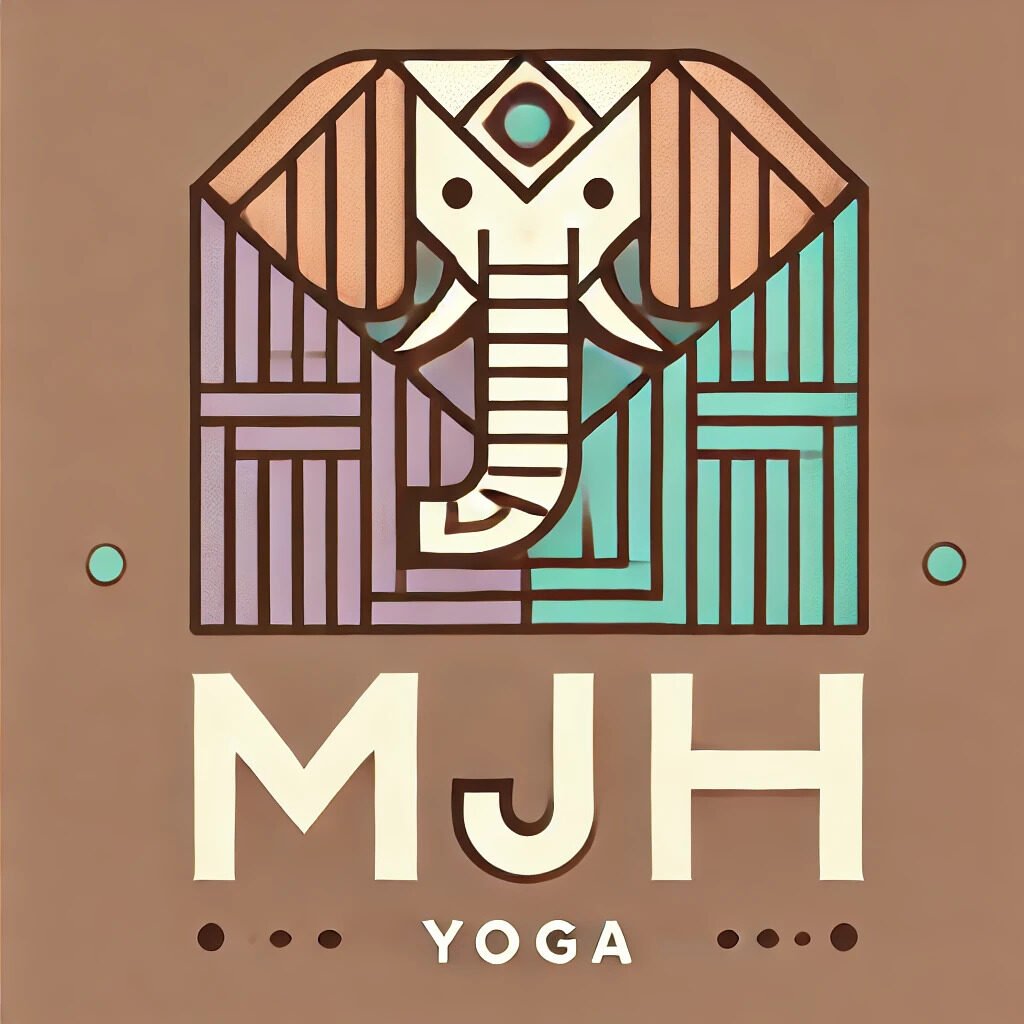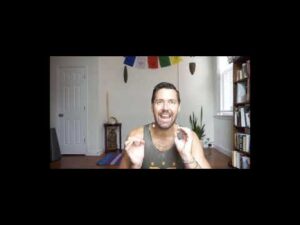Three Radical Shifts as You Grow in Yoga
Three Radical Shifts as You Grow in Yoga
There’s a moment—somewhere between your second Utkatasana and your fourth sun salutation—when you realize yoga is working on more than just your hamstrings. Sure, you came to class for the promise of better posture or to finally get your feet behind your head without causing orthopedic concern. But then something… shifts. Maybe it’s the way you start to breathe when someone cuts you off in traffic. Maybe it’s the fact that you now notice your jaw clenching before your jaw files for emancipation.
These shifts aren’t random. They unfold through what I’ve come to see as three radical, interconnected layers of transformation: goal setting, energetic awareness, and intuitive integration. And spoiler alert: none of these involve getting the perfect Instagram headstand.
I. First Layer: Goal Setting – The Foundation
The first layer is simple, but mighty: intention. Every student who steps into the yoga room brings with them a goal, whether they know it or not.
“The first layer is their goal. When students come to practice, they need to know why they’re there. Are they there for strength? Flexibility? Stress reduction? Social connection?”
At first, it might be physical. “I want to touch my toes.” “I want to stop hating my lower back.” “I want Michelle Obama arms.” All valid, and all useful entry points. But yoga has a sneaky way of bait-and-switching. Over time, those goals morph.
“Over time, many practitioners find their goals shift. What begins as ‘I want to touch my toes’ becomes ‘I want to develop patience’ or ‘I want to cultivate peace.’”
As teachers, our job isn’t to change students’ goals, but to help them refine them. Like a GPS recalculating in traffic, we gently nudge them toward a deeper “why.”
II. Second Layer: Energetic Awareness – The Bridge
Once students settle into the rhythm of their practice, something more subtle begins to arise—energetic awareness. It’s that “Wait, I just felt something shift” moment that they can’t quite articulate.
“The second layer is what I call the action and energetic layer. This is where we start to feel the more subtle aspects of the practice – the movement of energy, the internal sensations beyond just muscles stretching.”
This isn’t woo-woo. It’s physiology. The nervous system responds to conscious breath and deliberate movement. Synapses fire. The parasympathetic system (finally!) gets some airtime. The result? Students begin to feel their practice on an internal level.
“Breath is the first gateway to energy awareness. When students really connect with their breath, they suddenly have access to a whole new dimension of their practice.”
And in group settings like Mysore-style rooms, this layer goes collective:
“There’s a ripple effect in the room when someone has a breakthrough. That energy shift doesn’t just affect them – it impacts the entire community of practitioners.”
It’s like synchronized swimming, but with fewer sequins and more ujjayi breath.
III. Third Layer: Intuitive Integration – The Transformation
Eventually, if they stick with it (and don’t tear their meniscus in the pursuit of Instagram enlightenment), students land in the third layer: intuitive integration.
“The third layer involves the development of intuitive understanding and integration of personal and universal experience.”
This is where yoga stops being something you do and becomes who you are. It’s less about technical mastery and more about embodied wisdom.
“The way you approach a challenging pose is often the way you approach a challenging situation in life. The patterns become so clear once you develop this awareness.”
And here’s the kicker:
“At this level, yoga becomes less about ‘my practice’ and more about how we’re all connected. The boundaries between self and other start to dissolve.”
(Yes, that’s when things get a little trippy—but also profoundly beautiful.)
IV. The Interconnection of All Layers
These layers are not separate islands. They’re more like a messy Venn diagram where everything overlaps.
“These layers aren’t linear – they’re constantly interacting. A shift in energy awareness might refine your goals. A moment of intuitive insight might completely transform how you experience energy in your body.”
One student starts with a goal to reduce stress, breath work helps them access energetic stability, and suddenly they’re making career decisions with a clarity they never expected. Another shows up wanting to deepen backbends and ends up healing generational trauma (or at least their relationship with their in-laws).
This isn’t hypothetical. I’ve watched it happen. Again and again.
V. Practical Applications for Teachers and Students
So what does this mean in the day-to-day of teaching yoga?
“As teachers, our job is to meet students where they are. Some are ready to work primarily on the physical goals, while others are prepared to explore the more subtle dimensions.”
That means listening. Adjusting. Offering breath work to the overachiever, and a block to the over-stretcher. It means helping someone clarify why they’re really on the mat—and honoring that answer whether it’s “peace” or “pecs.”
Want to help students develop through the layers?
- Ask them why they practice (and keep asking).
- Introduce subtle practices like breath awareness and bandha work.
- Model intuitive listening—because when they see you doing it, they’ll feel safe to try it.
Conclusion
True transformation through yoga isn’t about achieving a pose or checking off a list of spiritual milestones. It’s about deepening your relationship with yourself and the world around you.
“True yoga doesn’t happen in an hour on the mat. It happens in how you live every moment of your life with awareness, intention, and connection.”
So whether your goal is to touch your toes or touch the infinite, know this: the real magic happens when you move through all three layers—and start realizing they were never separate in the first place.




